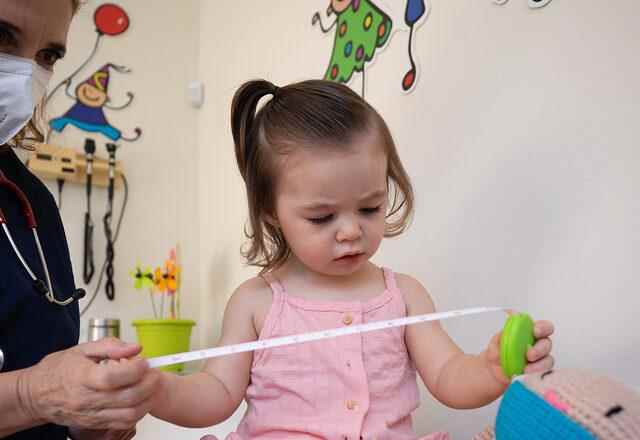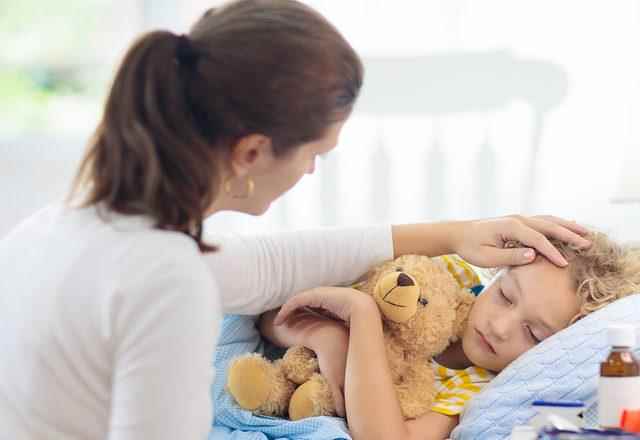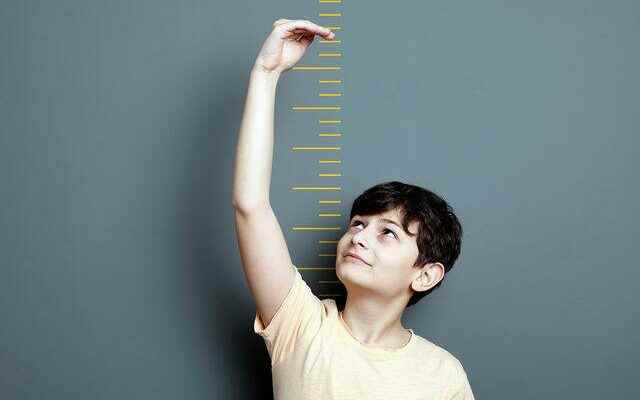Leg and arm pain in children may increase from time to time. Legs, especially seen in children between the ages of 3-12; Pain in the front and back of the thigh, calf or knee is usually caused by the child’s taller. Physical Therapy and Rehabilitation Specialist Assoc. Dr. Aslı Çalışkan Uçkun stated that it will not cause children with growing pains to be short, and said, “The diagnosis can be easily made clinically in a child who is pain-free throughout the day, who is healthy, whose general physical and musculoskeletal examination is normal, and who has bilateral leg pain that interrupts sleep in the evening or at night. It can often be confused with diseases such as rheumatism, infection, tumor,” he said.
REASONS ARE NOT EXACTLY KNOWN
Stating that recurrent, self-limiting limb pains that have no explanation in childhood are called “growing pains”, Medicana International İzmir Hospital Physical Therapy and Rehabilitation Specialist Assoc. Dr. Aslı Çalışkan Uçkun stated that the causes of growing pains are not fully known. Assoc. Dr. Uçkun said, “Posture disorders, extreme flexibility, low pain threshold, decreased bone strength, low vitamin D, psychological disorders, family history of growing pains, restless legs syndrome have been found to be associated in some studies.”
PAIN CAN CONTINUE UNTIL Adolescence

Speaking about the general characteristics of growing pains, Assoc. Dr. Uçkun said, “Growing pains are seen primarily in the legs in children between the ages of 3 and 12. It is usually bilateral and located deep in the legs, usually on the thigh, calf, back of the knee, or front of the leg. He watches with attacks. It typically occurs at least once a week and usually has a general duration that can last for years and continue into adolescence. There may be asymptomatic days, weeks, or months between attacks. It occurs especially in the evening or at night and can disrupt sleep. It usually clears up by morning,” he said.
IF THERE IS FEVER AND WEIGHT LOSS IN ADDITION TO THE PAIN, YOU SHOULD SEE A DOCTOR

Assoc. Dr. Uçkun, “Diagnosis; It can be easily diagnosed clinically in a child who is pain-free during the day, who is healthy, has normal general physical and musculoskeletal examination, and has bilateral leg pain that interrupts sleep in the evening or at night. It is not necessary to perform radiography or laboratory tests to diagnose these children; However, if there are unexplained fever, weight loss, decreased activity, persistent, increasing or unilateral limb pain, pain during the day, abnormal findings on examination, growth pain is avoided.
